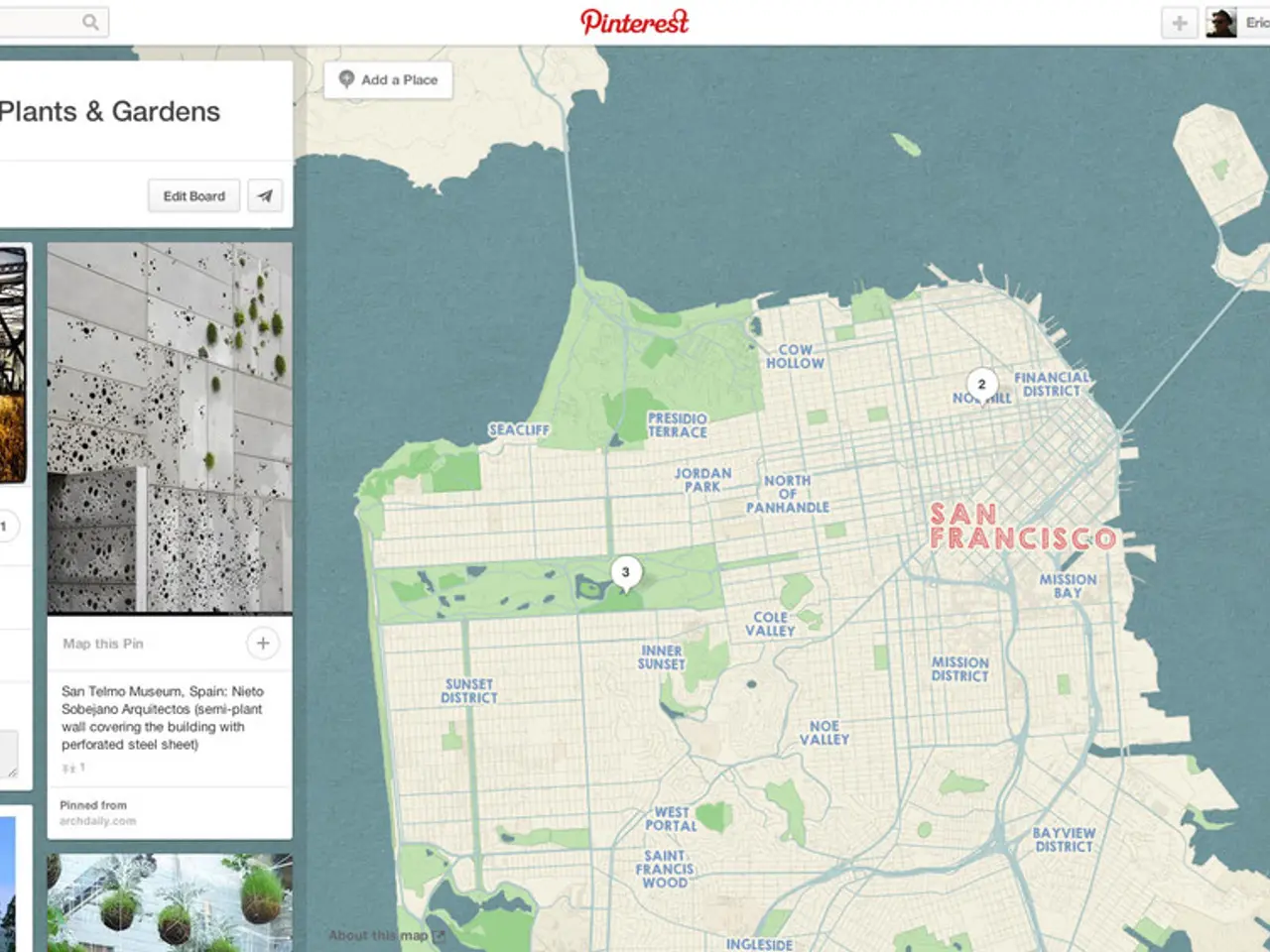Exploration Guide for Tapping into Earth's Geothermal Power Sources
In a significant stride towards renewable energy, Germany has recently introduced a nationwide geothermal suitability map. This innovative tool, known as the Geothermal Information System (GeotIS), aims to provide clarity for the heat transition by visually indicating where near-surface geothermal energy can be effectively utilized[1][2].
Key Features of the Map
The map employs a simple yet effective traffic light system to denote the suitability of regions:
- Green: These areas are deemed suitable for geothermal energy use.
- Yellow: These regions may require further evaluation before determining their potential for geothermal energy.
- Red: These areas are less suitable or unsuitable for geothermal energy use.
The map's primary purpose is to facilitate the planning and implementation of geothermal projects by offering a clear visual guide on where near-surface geothermal probes can be effectively utilized[1][2].
Organizations Involved
The development of this geothermal map and resources in Germany is a collaborative effort involving several organisations:
- LIAG (Leibniz Institute for Applied Geophysics): This organisation plays a significant role in the creation of geothermal maps and resources in Germany[2].
Current Status
The map is part of a larger initiative to develop and utilise geothermal energy in Germany, contributing to the country's renewable energy goals. The map was funded by the Federal Ministry of Economics and Energy.
Municipalities can utilise the map to check if ground heat is a viable option for their long-term energy supply. GeotIS is based on over 30,000 boreholes, temperature measurements, geological maps, and historical datasets[1][2].
In the long term, interactive potential maps are planned that not only indicate suitability but also calculate the possible energy yield for a location. Furthermore, additional representations for collector and well systems are planned for GeotIS[1][2].
The map can be used for both private construction projects and municipal heat planning, making it an essential tool for municipalities, companies, and homeowners in climate-neutral heat planning. The data has been processed into 3D subsurface models that depict temperatures, rock layers, and water-bearing layers down to 5,000 meters[1][2].
The map was developed in the WärmeGut project, which combined geodata from all 16 federal states[1][2]. The map provides direct links to responsible authorities, making it easier for users to access more detailed information and begin their geothermal projects[1][2].
[1] German Federal Ministry for Economic Affairs and Energy [2] GeotIS [3] GFZ Helmholtz Centre for Geosciences
- The GeotIS map, a result of collaboration between organizations like the Leibniz Institute for Applied Geophysics (LIAG), utilizes data and cloud computing to visualize near-surface geothermal energy potential in Germany, contributing to the country's renewable energy goals.
- This scientific tool, the Geothermal Information System (GeotIS), employs environmental science and technology to assess the suitability of regions for geothermal energy use, employing a traffic light system to denote areas suitable for energy extraction.
- The GeotIS map provides valuable data for municipalities, companies, and homeowners, as it offers both current geothermal energy suitability maps and future plans for interactive potential maps that calculate energy yields, promoting climate-neutral heat planning.




